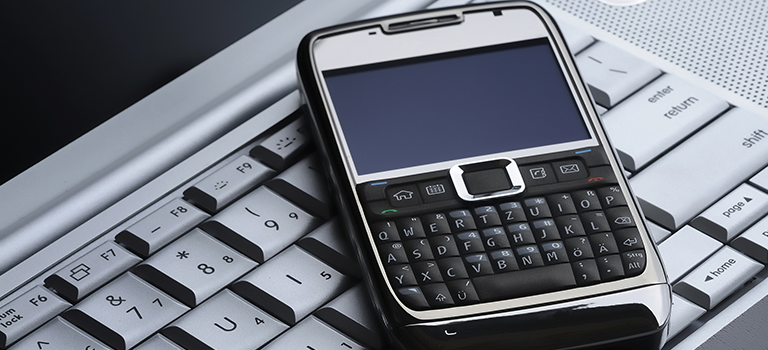A data breach strikes.
A data breach or a cyber-attack can be devastating for the individual and for the business owner. Protection strategies continue to advance as these attacks show no signs of stopping any time soon. It seems that every single day, there is a new malware case, a new data breach, another apology.
The only way to really ensure security is to understand every facet of your system, inside and out. A proper system is like a house of cards. It only takes one questionable connection or one unstable device to topple your network and cause data breach. With the increasing independence from remote sites, including structures like the cloud, wireless connection, and an increase in content distribution, remote sites are often a lower priority for security. We are more inclined to take precautions with our data when it is outgoing then when we are storing it.
Hackers target employees’ personal devices.
The biggest danger regarding remote storage is the uptick in people bringing their personal devices into work. It is understandable that a boss would not mind an employee bringing in their own laptop to work. It seems ridiculous to mandate whether an employee can use their cell phone or not. But bringing in personal devices ushers in a whole new range of security issues. When employees independently connect to the server, they tend to stray beyond the safety of their company’s previously set firewalls. This leaves the entire system vulnerable to attacks. The average company has set-up strict network perimeters. This makes it so hackers and attackers are more likely to target the relatively insecure home system set-ups that employees have on their laptops.
The assumption that remote sites are lower risk leads to a false sense of security that employees are safe against a data breach. This, in turn, leads to a less proactive risk minimization system. Implementing such a system requires creating strict protocols that all employees must follow upon connecting their personal devices. Beyond that, setting up end-to-end messaging systems and document storage, coupled with asset discovery, and a regular scheduled vulnerability test is helps networks gain visibility and gives us clarity in understanding our system, inside and out.
Tags: Best cybersecurity practice, Connection, Cyber-attack, Cybersecurity, data leak, data protection, End to End, Remote Storage


